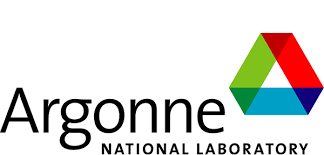
ANL Graphene-Wrapped Hydrides
| Project ID | b1fe2c6b-7b8d-42c7-bde1-68411ec9a82a |
|---|
Graphene-Wrapped Complex Hydrides as High-Capacity, Regenerable Hydrogen Storage Materials
Recipient Argonne National Laboratory/ANL (PI: D.J. Liu)
Abstract This project focuses on developing a new class of hydrogen storage material, hydride graphene or hydride@G, for next-generation hydrogen-powered fuel cell vehicles. The approach is based on a recent collaboration between Shanghai Jiao Tong University and Argonne National Laboratory. Using a simple solvent-based method, we successfully synthesized a “nanoencapsulated” sodium borohydride-graphene composite, NaBH4@G, in which NaBH4 nanocrystallites are individually wrapped by single layer graphenes. The new composite demonstrates regenerable and high hydrogen storage capacity in multiple DH and RH cycles. The graphene sheet tightly envelops the hydride nanoparticles like a candy wrapper and restricts the solid hydride phase from segregation and agglomeration. It also prevents the leakage of any harmful byproduct other than hydrogen, which is the only molecule permeable through the graphene layer. The hydride crystallites are encapsulated at nanometer size by graphene and can release/recharge hydrogen more readily than the bulk phase hydride. Under this project, we planned to prepare a broader range of hydride@G composites using the complex hydrides of higher intrinsic gravimetric and volumetric densities. We also planned to explore various morphological and chemical approaches to improve the DH–RH kinetics, guided by computational modeling and collaboration with Hydrogen Materials – Advanced Research Consortium (HyMARC) consortium.







